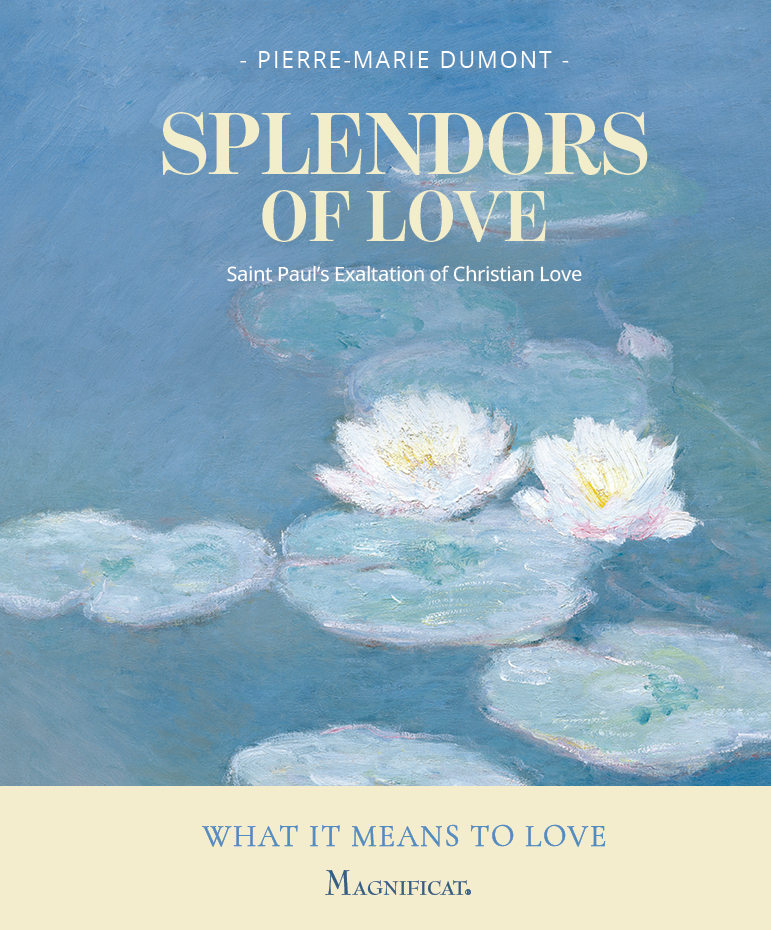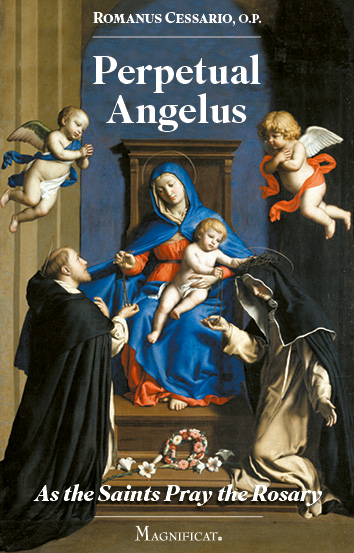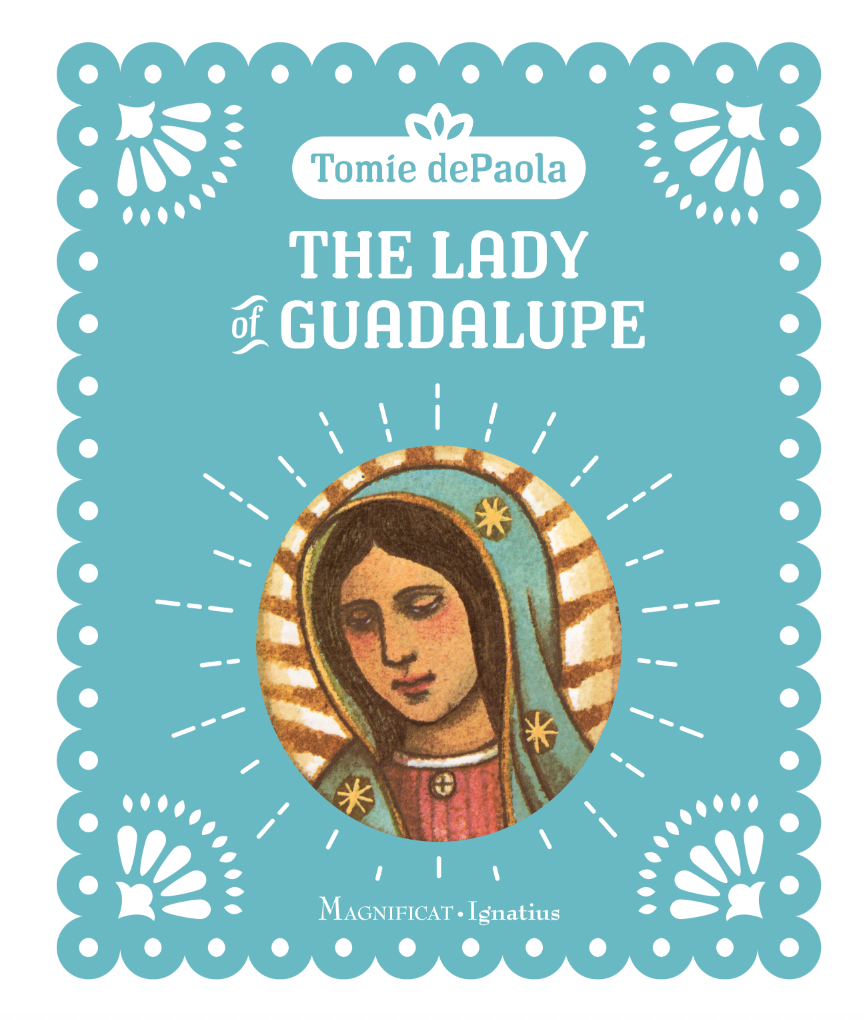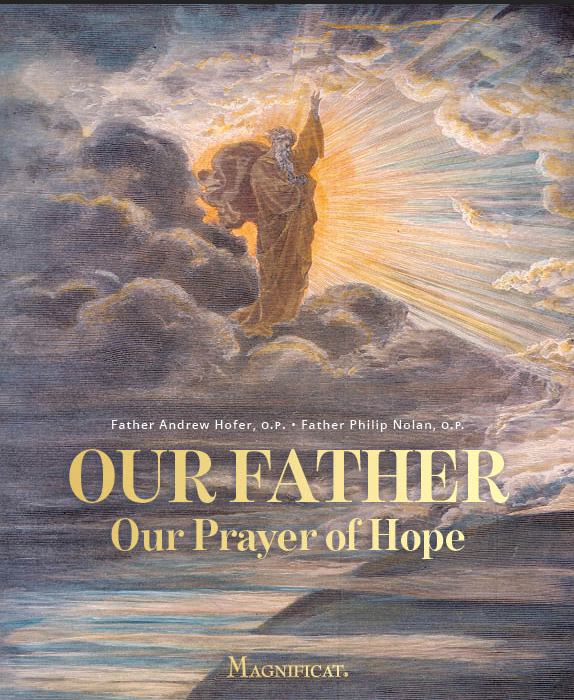The Bible has always had an honored place in Catholic life and worship. Contrary to what is sometimes asserted, during the “Catholic period”, the Middle Ages and before, the Bible was extensively translated into Spanish, Italian, French, German, and English—in some instances, well before the Reformation. All this was done to make the Scriptures accessible to the laity. Even before the invention of printing, copies of Scripture were circulating throughout Europe.
In Germany a manuscript has survived which is composed of twenty-five pages of the Gospel of Matthew in Latin and German, actually in Bavarian, a German dialect. This was done to make the Bible all the more available to the common man. A complete translation of the Bible into French was done in the first half of the 13th century. It was executed at Paris by a team of translators. Early on, portions of the Bible, specifically the Psalms and the Gospels, were translated into Italian for devotional use. Even in parts of Europe where Christianity was late in arriving, Sweden, for instance, vernacular versions of the Bible made an early appearance.
The story of the English Bible is generally thought to have begun with a man by the name of Caedmon, a monk who died in 680. A scriptural paraphrase in the Northumbrian dialect is credited to him. Though no translation of the Scriptures into English deriving from the hand of Bede has survived, there is a strong tradition that he was working on just such a translation at the time of his death. But surely the quaintest, most delightful way of communicating the Bible to simple, unlettered folk was the so-called Biblia Pauperum (Bible of the Poor). These were picture books that depicted for the illiterate various Bible scenes and situations.
These books contained some thirty-four scenes taken from the New Testament, starting with the Annunciation and ending with the descent of the Holy Spirit. These New Testament depictions were set between two Old Testament incidents which prefigured the happening recounted in the New Testament. The oldest of these books dates back to the 14th century. They are testaments to the Church’s keen desire to communicate the message of the Bible in the most effective way possible at any particular point in time.
© Mag October 2024









